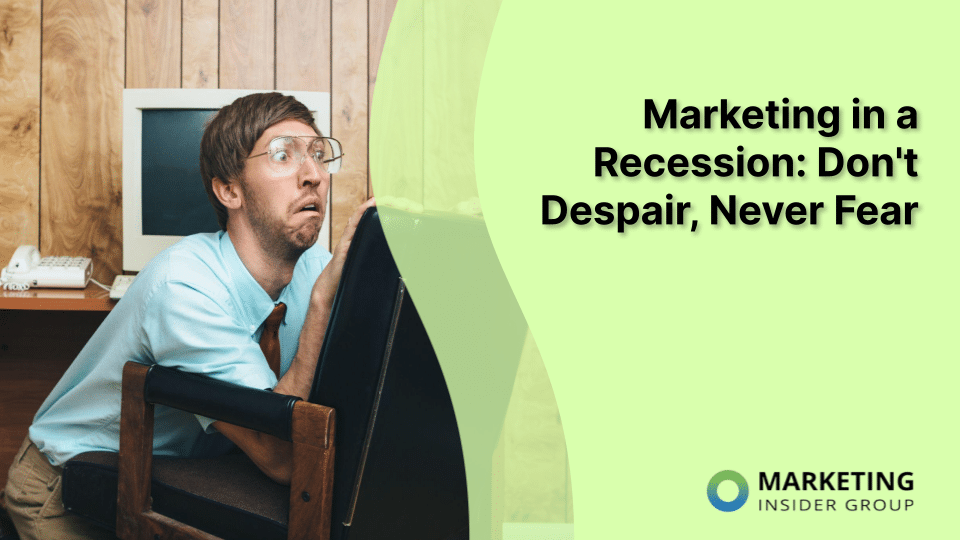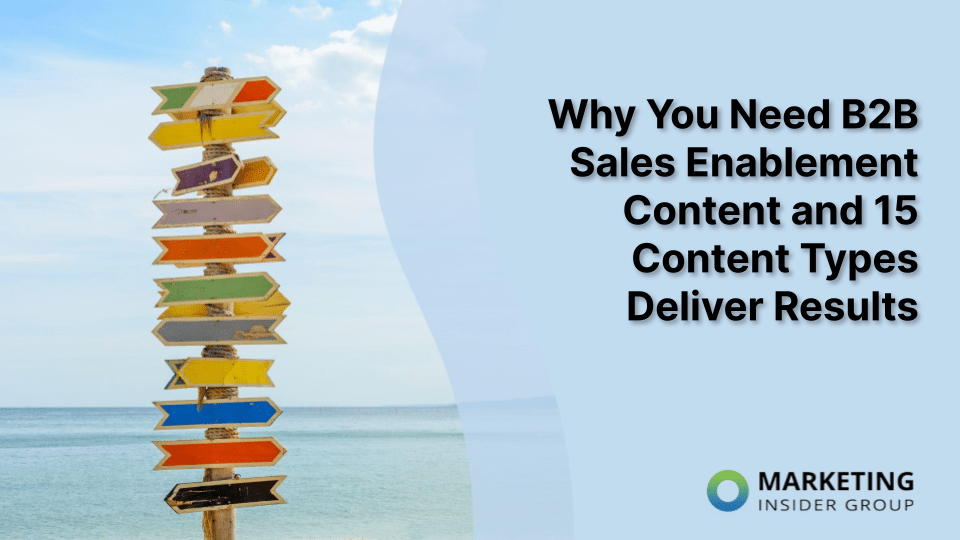
Why You Don’t Need a Pokémon GO Strategy
I’m throwing this out there to the B2B marketing world: You don’t need a Pokémon GO strategy.
There, I said it. I probably should have written this post last week when we were thinking of Pokémon responses for SnapApp, but I didn’t. Why? Because we didn’t need a Pokémon GO strategy.
Plus, I was busy wandering around downtown Boston lazily whacking people’s phones out of their hands in the park and in the streets. Too easy. #LookUp
Now, I’m not writing this post as a “takedown” piece against Pokémon GO or marketers responding to the phenomenon. I’m actually very interested (and somewhat fearful) of the fever that augmented-reality gaming combined with nostalgia has produced in my fellow millennials.
The purpose here is to let out a collective exhale for B2B marketers, take a step back, and feel good about not scrambling around for a last-minute campaign.
Gotta catch ‘em all! But, do you?
I know, I know. A pop culture phenomenon for marketers is often just irresistible – like a moth to flame. All the buzz, the search engine traffic, and the playful angles to take are just dangling there, beckoning.
As Stephan Hovnanian posted on inbound.org, “the conversation is ripe for marketers who simply can’t resist the urge to newsjack this trending topic.”
In addition to prompting readers to throw their own headlines into the mix, he provided some tongue-in-cheek headlines himself (and some that sound like they could be real).
Cribbing some high viral traffic by slipping in a few keywords to get new attention to your site is a tough approach to dismiss. Who doesn’t want increased traffic?
However, this practice actually creates two clumsy stumbling blocks.
1. Competition
No longer just competing within your market space, adding in “Pokémon GO” just put your digital content in the same race as national editorial outlets like Vox and the New York Times, plus small-time fan posts and personal blogs. A lot of legs in that race (5,600,000, to be exact).
2. Junk traffic
Ok, maybe you jumped on the Pokémon GO wave just as it was swelling. Perhaps a few less hours of sleep, or some other projects got pushed back, but you did it! You look at your traffic analytics and there’s a big spike – success!
But, where did this traffic come from? Who are these visitors? Are they really going to have the slightest impact in your MQL to SQL numbers? Probably not – unless you offer them that rare Zafadel they can show off to all their friends. (“Zafadel” is actually a word I just made up, not a capturable Pokémon).
Liar! There Are Impactful Pokémon GO Strategies!
In the cool light of reality, there’s a real simple reason why you don’t need a Pokémon GO strategy: if you needed one, you’d already have it.
Wait, what?
I’m not talking about playing with the space time continuum and going back two months – flux capacitors are hard to come by.
What I mean is that strong, results-driven campaigns are based on understanding your specific target audience and hitting on what resonates with them and their pain points.
So, if you already knew that your audience was made up of augmented-reality gaming/ programming or Pokemon die-hards, you would have circled that Pokémon GO release date months ago. You’d have a campaign ready to go on launch date, rather than scrambling to react to the craze.
Successful newsjacking or holiday/seasonal marketing relies on building an authentic connection between the event and your audience. That often means careful planning to ensure both your timing and your messaging are on point (unlike infamous MLK Day #fails, for example).
B2B marketers always need to have one eye on creating awareness and brand identity, and the other eye on creating high quality leads for their Sales teams. Using Pokémon GO as an allure with these two entities in mind means that your audience should have a central connection to the cultural explosion, not just a peripheral one.
Now, B2C on the other hand, they get to have a lot more fun. Some small and local businesses have seemingly hit a small lottery if their location aligns with the predetermined spots selected by Niantic Labs, the developers of the app.
In an article from Forbes, Jason Evangelho discusses how these local businesses have embraced the game to surge up foot traffic and get the register sweating. The article also covers how Niantic Labs will start accepting future location requests.
Bigger B2C companies have mainly used Pokémon GO in social, but to powerful effect like in this simple post from Amazon for an external battery.
What You Should Do Instead…
Now that we’ve let the dust clear some and taken a look around, let’s talk about what we can learn from Pokémon GO for our marketing. Understanding the cause and effect of the cultural touchpoint and applying that learning to future campaigns is more productive than scrambling around for a last-ditch Pokémon-themed campaign.
Two immediate observations jump out:
1. Nostalgia
One of the huge driving forces of Pokémon GO is its connection with the past. I was never a big Pokémon player back when it initially swept my age group, but I did get excited when I recently saw Ecto Coolers back on the shelves – so I get it.
The re-appearance of the sugary juice box is a direct marketing ploy for the new Ghostbusters movie. The neurons that fire in our brains when we see an enjoyable flash from the past produce powerful effects, and more marketers should explore campaigns harnessing that emotion.
Don’t believe me? Just last year, Intronis, a B2B data backup company, hit 650% ROI on their direct mail campaign that featured Atari gaming systems. Atari! Throw. Back.
2. Active Experience
People are out in the streets! Unshackled by the typical gaming experience that confines them to a stationary screen, Pokémon GO elicits a desire to explore.
Now, we can’t all jump into augmented reality tomorrow for new campaigns, but marketers should take notes about this type activity for their own content. People want new and exciting experiences that take them to unexpected places.
Take a look at your current content experiences, whether on your homepage or for your most recent event appearance – do they offer personalized and active participation? Do they go beyond simply reading an ebook or watching a video? Are they interactive?
Knowing Your Audience
To have a Pokémon GO strategy or not to have one? What kinds of experiences should I offer? How to invoke nostalgia? All these questions come down to understanding who your audience is and what moves them.
By taking the time and really learning about your audience’s interests, concerns, and motivators, you’ll be able to spot that next big cultural touchpoint within your market space, and capitalize on it.
In the meantime, you can run around with a giant butterfly net, catching Pokémon GO players in the wild.






